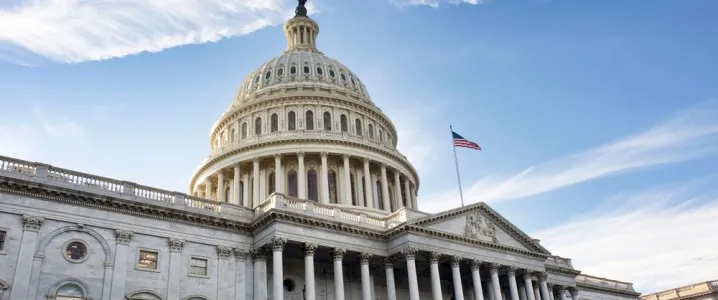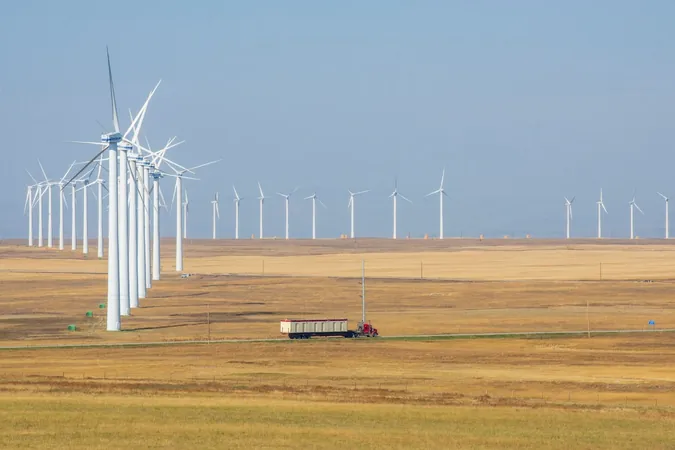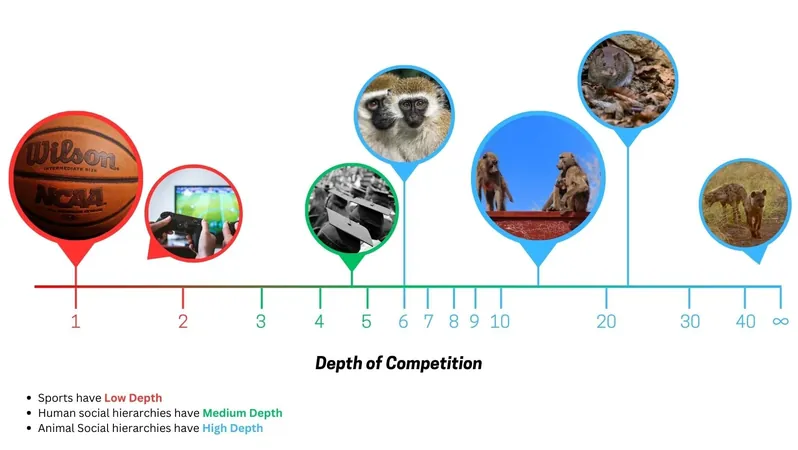
Oil Markets Brace for Impact as U.S. Presidential Election Approaches
2024-11-05
Author: Olivia
As the U.S. presidential election looms, the global oil markets are on high alert, following a recent uptick in prices driven by the OPEC+ decision earlier this week. With both West Texas Intermediate (WTI) and Brent crude seeing gains, traders are keeping a watchful eye on the unfolding political drama.
In contrast, Europe's energy market is experiencing its own volatility. A lack of wind has led to a spike in natural gas prices, particularly in Germany, where gas-fired power generation has surged past 60% of the energy mix. This transition has pushed electricity prices near historic highs, highlighting the region's vulnerability to fluctuations in energy supply.
Adding to the uncertainty, Tropical Storm Rafael is moving through the Caribbean, potentially affecting oil facilities along the Gulf Coast. The storm is expected to strengthen upon making landfall in Cuba before heading toward U.S. waters, raising concerns over potential disruptions in crude supply.
Market Movers: Key Players and Recent Developments
Saudi Aramco, the world’s leading oil producer, has kept its substantial quarterly dividend intact despite reporting a 15.4% decline in profits for the third quarter. This move demonstrates the company's commitment to shareholder returns, even amidst fluctuating market conditions.
On the exploration front, Norway's Equinor has faced setbacks in its Canadian operations, with the Cappahayden South well failing to yield commercial volumes of oil and gas. Meanwhile, major miner AngloAmerican is divesting its stake in the Jellinbah metcoal joint venture, signaling a shift in focus towards more profitable ventures.
Election-Driven Market Dynamics
As the race heats up between Donald Trump and Kamala Harris, the oil markets remain on edge. Trump and Harris are neck and neck in the polls, suggesting an unpredictable election night ahead. The OPEC+ group's recent decision to postpone a production increase could indicate strategic positioning in anticipation of post-election market shifts.
U.S. oil producers are also grappling with expanding pipeline restrictions as WTI prices widen between West Texas and Houston due to capacity constraints. This issue poses challenges for efficient crude evacuation, which may lead to increased operational costs.
Refinery Shutdowns and Middle Eastern Dynamics
In a strategic move, LyondellBasell Industries has announced plans to permanently close its Houston refinery by early 2025. This closure, combined with other capacity challenges, raises questions about future U.S. refining capabilities and market supply dynamics.
Conversely, despite stagnant production levels, Saudi Arabia's economy is showing signs of recovery, with a surprising 2.8% growth reported in the third quarter. This rebound contrasts with previous quarters of contraction, indicating a potential shift in economic stability.
Iranian oil prices are also under scrutiny, as export restrictions and geopolitical tensions have narrowed discounts for Chinese buyers, reflecting a tighter market.
Global Energy Landscape and Future Prospects
Amid growing electricity demands, the UK's power prices have skyrocketed, reaching levels unseen in nearly a year. The country’s dependency on imports due to low domestic wind generation is pushing energy costs higher, illustrating the precarious nature of energy infrastructure amidst climate fluctuations.
Lastly, countries like Guyana and Suriname are poised to capitalize on their gas reserves, potentially transporting 12 million metric tons of LNG by the next decade, reinforcing the importance of diversification in global energy supplies.
As we inch closer to Election Day in the U.S., the ripple effects on the oil market will likely continue to unfold, making this an unusually charged and pivotal moment for global energy investors.









 Brasil (PT)
Brasil (PT)
 Canada (EN)
Canada (EN)
 Chile (ES)
Chile (ES)
 España (ES)
España (ES)
 France (FR)
France (FR)
 Hong Kong (EN)
Hong Kong (EN)
 Italia (IT)
Italia (IT)
 日本 (JA)
日本 (JA)
 Magyarország (HU)
Magyarország (HU)
 Norge (NO)
Norge (NO)
 Polska (PL)
Polska (PL)
 Schweiz (DE)
Schweiz (DE)
 Singapore (EN)
Singapore (EN)
 Sverige (SV)
Sverige (SV)
 Suomi (FI)
Suomi (FI)
 Türkiye (TR)
Türkiye (TR)